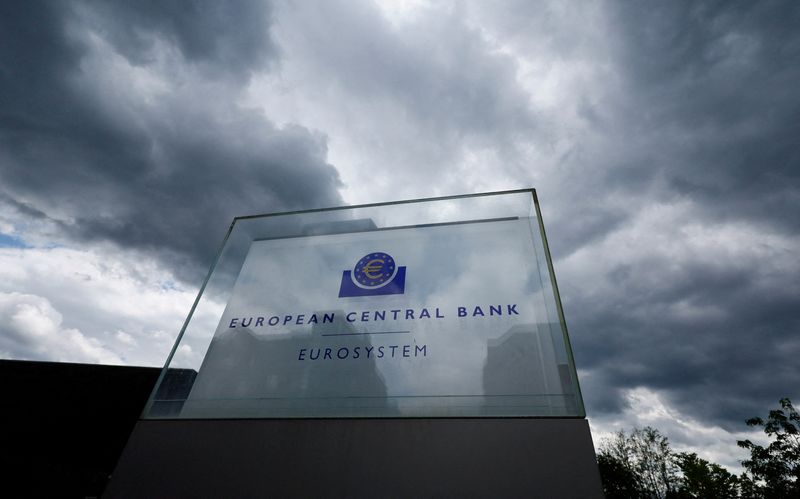Physical Address
304 North Cardinal St.
Dorchester Center, MA 02124
Physical Address
304 North Cardinal St.
Dorchester Center, MA 02124

By Balazs Koranyi and Francesco Canepa
FRANKFURT (Reuters) – The European Central Bank cut interest rates for the fourth time this year on Thursday and kept the door open to a further hike in 2025 as growth is weighed down by political instability at home and the risk of a new trade war with the United States.
The ECB has been easing policy at a faster pace this year as inflation concerns have turned more serious and the debate has turned on whether to cut rates faster to support a struggling economy that is lagging behind its peers around the world.
Predicting that inflation will return to the 2% target in early 2025 and that growth will remain sluggish, the ECB lowered its reserve price to 3% from 3.25%, in line with expectations, and changed its guidance, which can be considered as a suggestion. additional pricing.
“Most inflation trends indicate that inflation will remain close to the Governing Body’s objective of 2% over the medium term,” the ECB said, withdrawing a previous pledge to maintain a “sufficiently restrictive” policy.
By withdrawing this reference to the restrictive policy, the ECB indicates a return to a neutral policy, where it does not stimulate or reduce growth.
However, this indicator was much lower than many economists had expected, especially as they warned that inflation remained high.
Although “neutral” is a vague term, most policy makers put it between 2% and 2.5%, meaning that several cuts are coming before the ECB.
The bank insisted it was not taking any specific steps, however, and said it would reserve the right to vote.
“The Governing Body is not committed to a particular course of action,” the ECB said.
While economists were almost unanimous in their predictions for Thursday, most agreed that the big cuts should also be justified given the economy’s growth and low inflation.
These were precisely the reasons why the Swiss National Bank cut its key rate by 50 basis points more than it had predicted earlier in the afternoon, based on a rate of only 0.5%.
The SNB said geopolitical tensions, including US trade policy, could lead to lower growth and Europe also faces political uncertainty.
While no ECB policymaker has explicitly ruled out a 50-minute cut in the run-up to the meeting, several have said the risks of low growth and rising inflation are rising.
These fears have been confirmed in the ECB’s economic forecasts, which show that growth will be lower than previously expected and the recovery will be deep and slow.
With Germany facing early elections, France struggling to find a stable government and US President Donald Trump threatening to impose sanctions, his views are fraught with threats.

Attention now turns to ECB President Christine Lagarde’s press conference at 1345 GMT, where she will face questions about future interest rates.
Although he did not agree with the market expectations, he did not back off the bet to reduce at the policy meetings until next June, including another move in the second half, which would take the deposit rate to 2.75% by the end of 2025.